Sweltering heat, 30 stages and big mountains: Inside Vietnam's HTV Cup, the first post-coronavirus race
The race has previously featured a massive 30 stages and crossed into both Laos and Cambodia
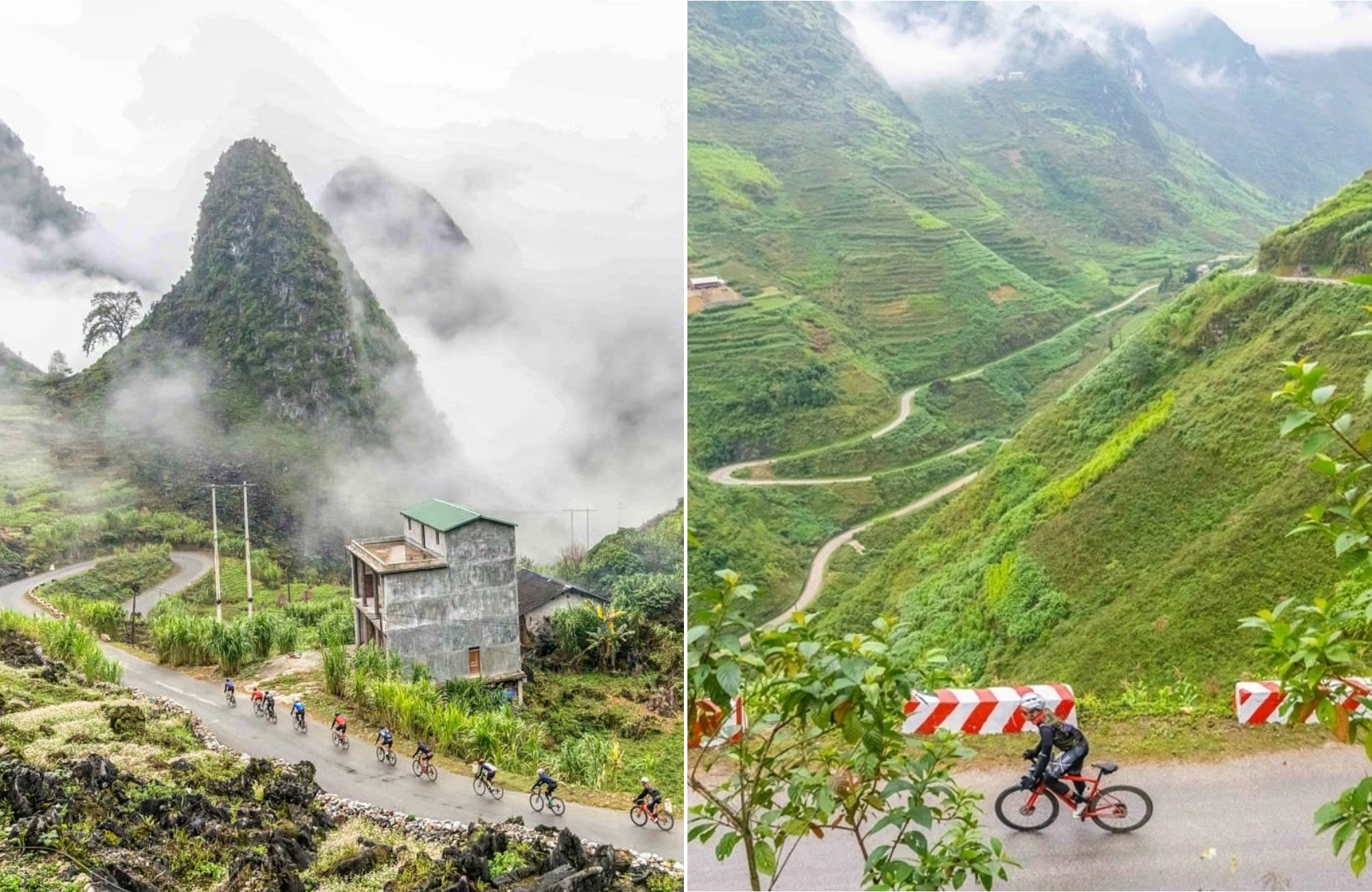
There was finally some good news last week when it was announced bike racing would be returning to the road and to our screens, albeit from a rather unexpected source.
The HTV Cup is Vietnam's biggest and oldest bike race, with the 32nd edition starting on Tuesday May 19 and held over 18, yes you read that right, 18 stages. It's basically a Grand Tour. Actually, two years ago they had 30 stages and passed through Laos and Cambodia, so scratch that, this is bigger than a Grand Tour.
Despite having a population of 97 million and sharing a long border with China, where the coronavirus originated, the Southeast Asian country has recorded no deaths among just 300 cases. Vietnam took extreme measures to contain the virus after their first case on January 23, closing borders and putting a vast contact tracing operation into motion. It's been nearly a month since its last community transmission and therefore the country is starting to open up again.
Usually scheduled for April, the HTV Cup was pushed back by coronavirus, but as many aspects of normal life return to Vietnam, bike racing does too.
HTV stands for Ho Chi Minh City Television, who organise and broadcast the race, and since 2018 it's been shown live on YouTube and Facebook. In this so far fallow season, Vietnam has the chance to show off its premier cycling event to worldwide cycling fans who are desperate for some racing action.
We spoke to organisers, riders and members of Vietnam's cycling community to find out more about the race that can fill the racing-shaped hole in our lives.
Get The Leadout Newsletter
The latest race content, interviews, features, reviews and expert buying guides, direct to your inbox!
Vietnam's Grand Tour
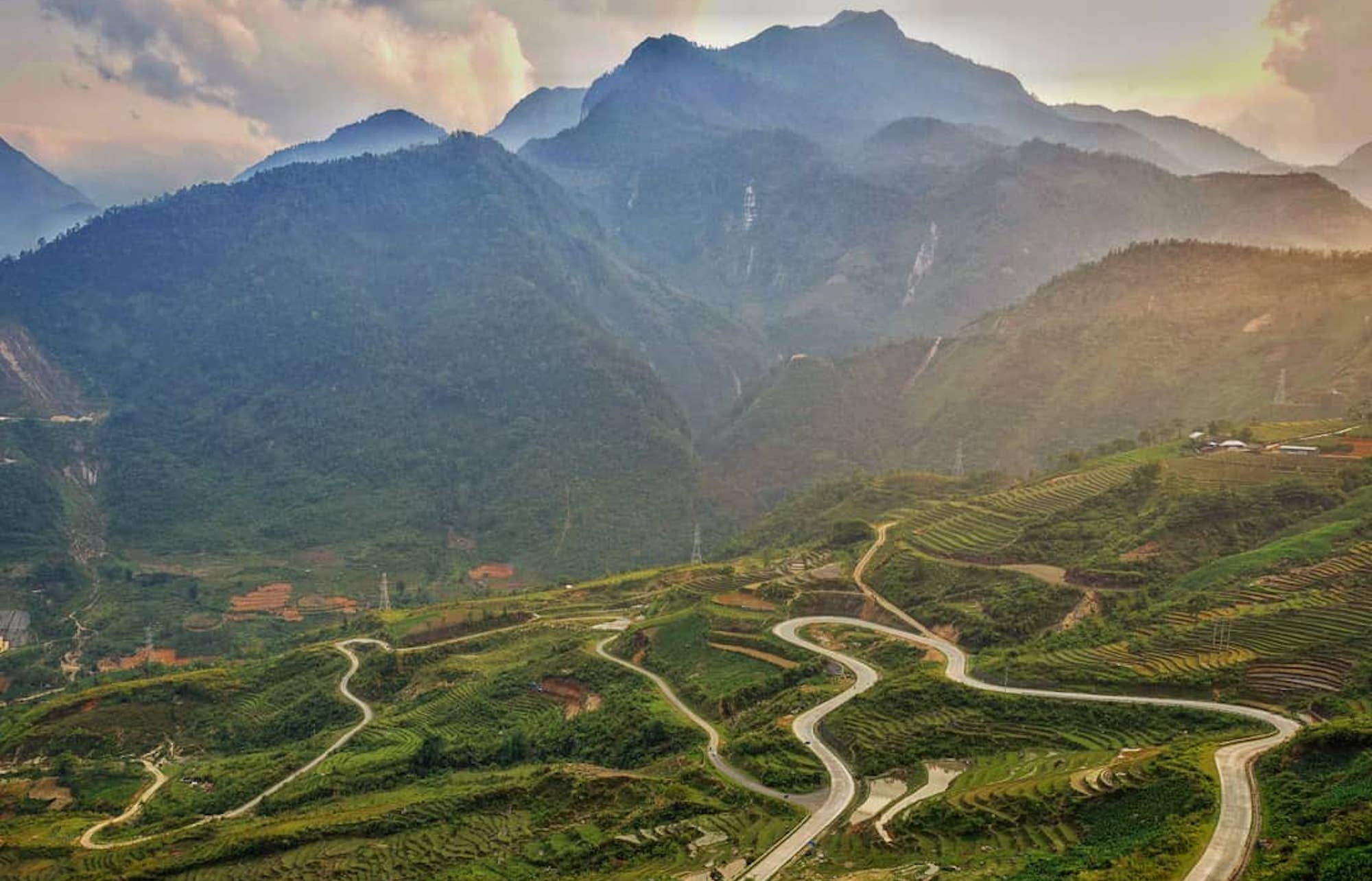
First, a brief history of the HTV Cup. The inaugural was held in 1988 in order to not only promote the HTV brand but to help the company's employees develop their skills in live broadcasting. As the race became more popular over the years, the number of stages increased and had even started visiting neighbouring countries by 2006.
Just like a European Grand Tour, the race features mountain stages, flat sprint days, as well as time trials. The race usually takes place in April, with their equivalent of the Tour de France's final destination at the Champs-Élysées in Paris being a finish at the Independence Palace in Ho Chi Minh City at noon on April 30th, which coincides with the anniversary of Vietnam's Unification Day in 1975. This gives the event a patriotic significance for the country, and the race has become the breeding ground for many of the country's top cyclists to be discovered and developed.
The total distance of the 2020 race is 2,183km, with 12 flat stages and six that tackle mountains or hills. The longest climb is on stage 15 and is 20km in length, with an average gradient of nine per cent. If you google Ngoan Muc Pass, situated 350km east of Ho Chi Minh City in the south of the country, the first thing that comes up is a website listing the world's dangerous roads.
However, the mountain pass in Ninh Thuan province, which was known to the French as Bellevue Pass, is known for its spectacular views at an altitude of 980m. On a clear day, you can see the ocean 55km away as you wind up and down the hairpin roads.
Vietnamese cycling culture
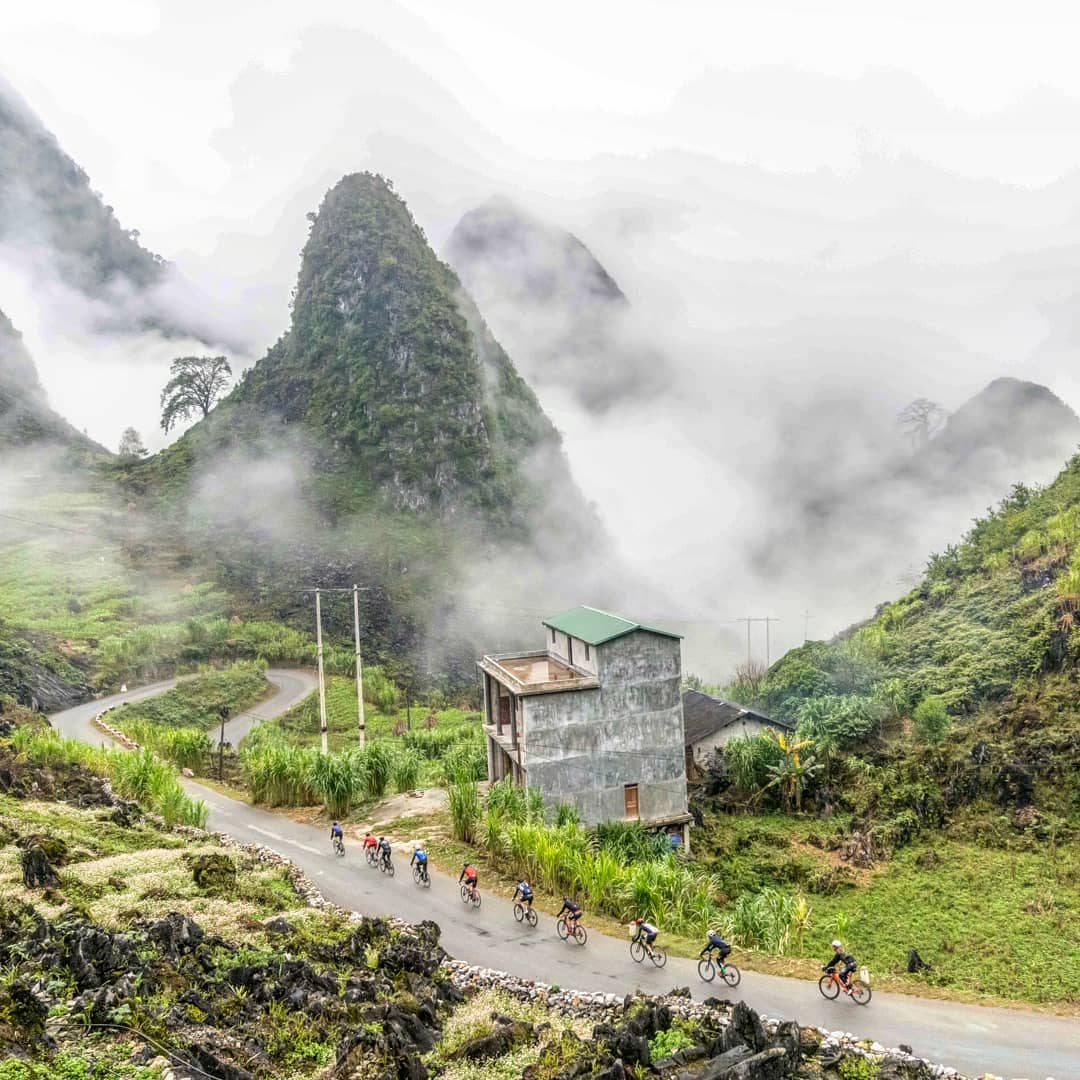
"The mountains and scenery will need a whole other interview," says Spaniard Javier Sardá Pérez, who along with Frenchman Loïc Desriac make up the European contingent of the Vietnamese scene.
"The popularity of bike racing in Vietnam has gone crazy in the last five years," Pérez tells Cycling Weekly. "Last year, as well as all the normal pro races, we had an amazing event called the Coupe de Hue that had Cadel Evans riding in it, and I won." Held over two stages, the first was a 15.2km uphill time trial with an average 8.3 per cent gradient that started at sea level and finished at 1,260m.
Vietnam boasts a total of 14 cycling teams and has around four races for men and two for women organised each year. Alongside football and basketball, cycling is one of the most popular sports in the country. Bicycles, along with motorbikes and mopeds, are also the most popular form of transport in the country, and Pérez says it took him some time to adapt to riding amongst the deluge of motorbike traffic.
Vietnam cycling fans enjoy the big European races, such as the Grand Tours, just as much as any other nation. When asked which are the big names and teams Vietnamese fans enjoy supporting, Team Ineos were noted, as well as an interesting mix of the larger-than-life characters of the sport: Bradley Wiggins, Lance Armstrong, Alberto Contador and Peter Sagan.
"The pro scene here is way more akin to the UK scene before Bradley Wiggins [and his Tour de France success] blew it up," says David Lloyd, founder of Velo Vietnam, who is also director of the Vietnam Trail Series, which organises jungle marathons and ultra-marathons.
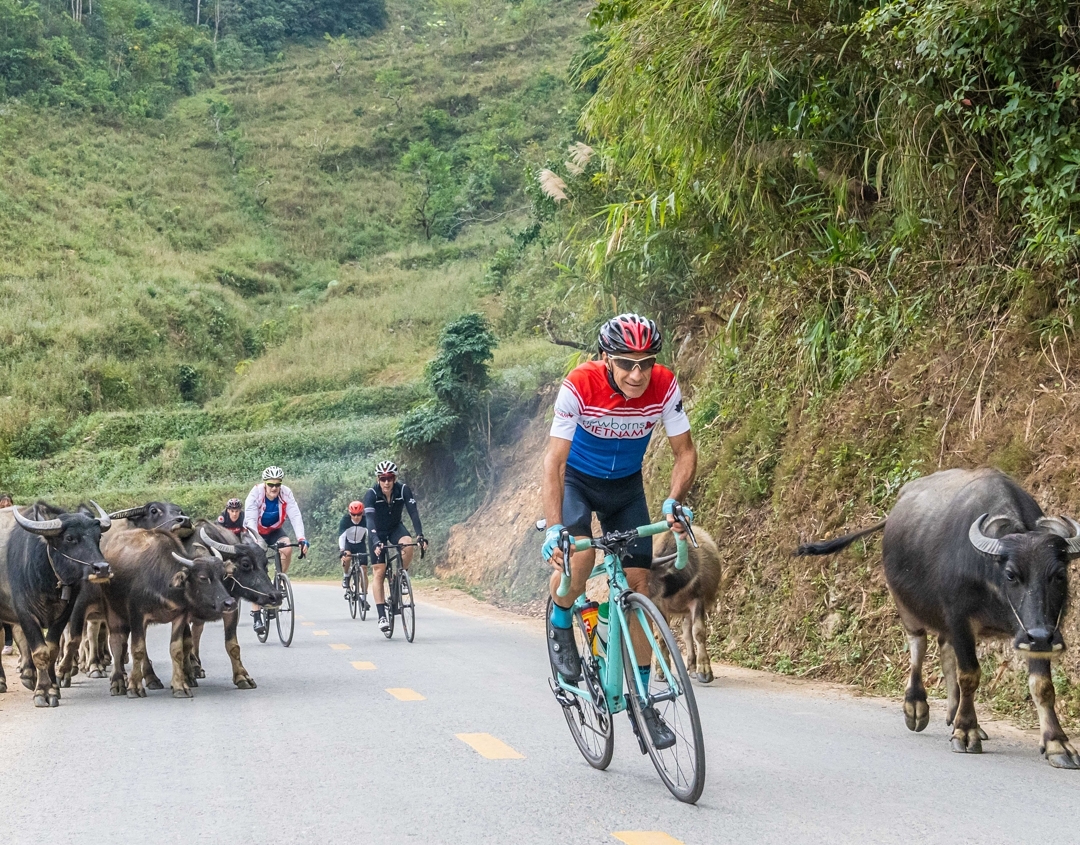
"It's much more niche, a passion sport that people who were cycling fans in the UK in the 1970s would recognise."
Lloyd says Vietnamese teams only had domestic riders for a long time but now have a few riders from overseas. The larger races also now often include teams from the region, with one female stage race featuring an Australian team last year.
"While [compared to Europe] it lacks the big sponsorship, TV coverage and the recognition of the Grand Tours, it does not lack their length or ambition," Lloyd argues, pointing to the number of stages often making up races.
"What people might be surprised to learn is these races include mountain stages that do rival the European greats - one climb is over 30km in length from the sea up to the highlands of Dalat, for example.
"Here in Hoi An, where I'm based, I will often run into the youth national team on a training ride and they'll not only be fine with you jumping on but actively encourage you to do so. It's a super friendly cycling culture here."
The defending champion
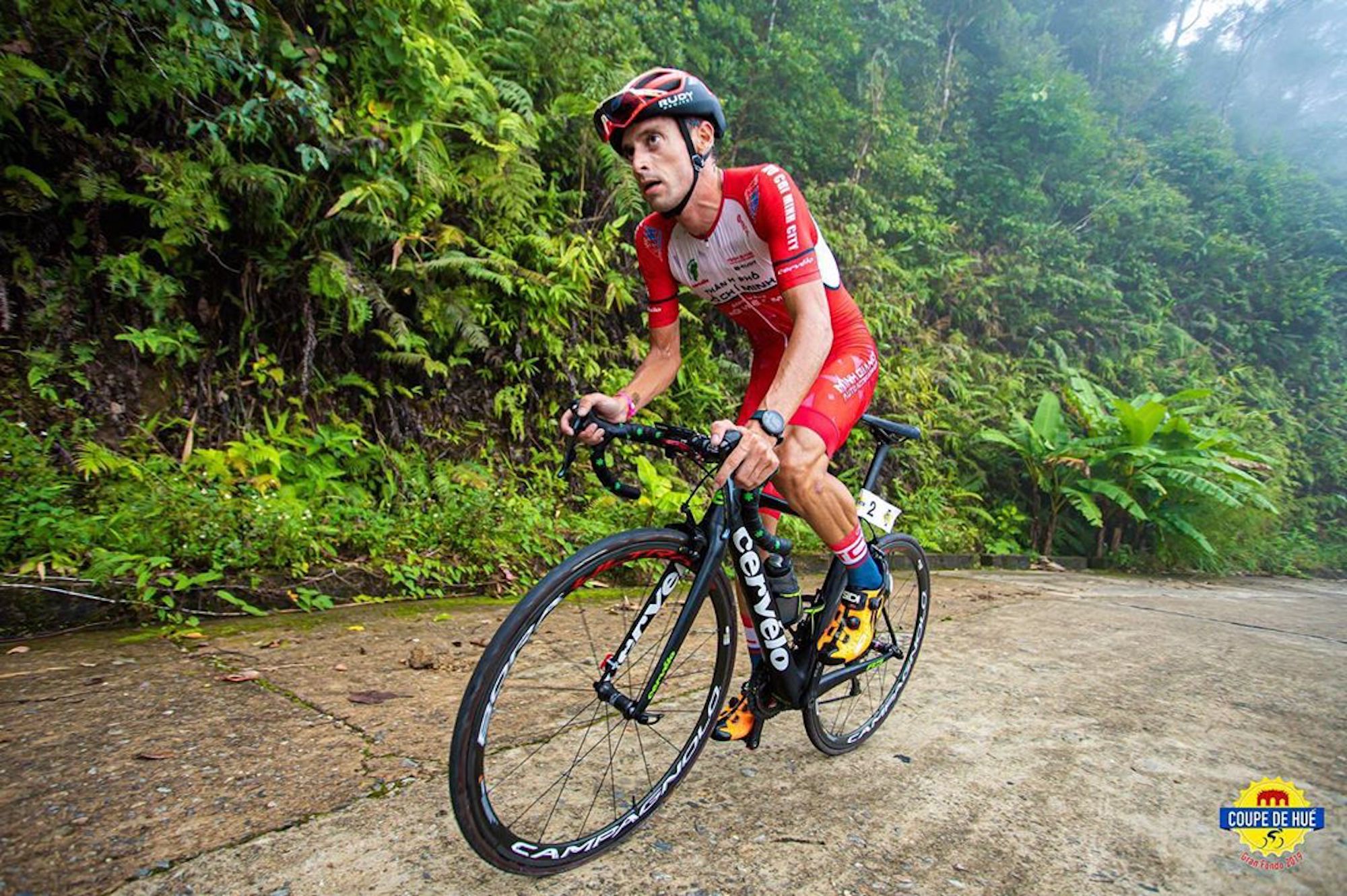
Javier Sardá Pérez began cycling when he was six. He made his way up the junior ranks in the north of the country, eventually joining the national set-up and winning several races against the best his country had to offer. However, after lacking opportunities in 2016 when he was in the U23 category, he decided to accept an offer to ride for the Japanese Victoire-Hiroshima team.
"It was a tough season," Pérez says. "The adaption to Japanese racing took me a few months but after a while I manage to start getting some decent results in the Japan Pro Tour."
The next year he joined the Vietnamese Bikelife team, racing in the HTV Cup and winning the queen stage and coming second in the GC. He improved further in 2018, taking a number of stages in local races as well as his first overall victory.
Having experience of both the European and Vietnamese scenes makes Pérez a great person to offer insight into the differences and similarities between the two.
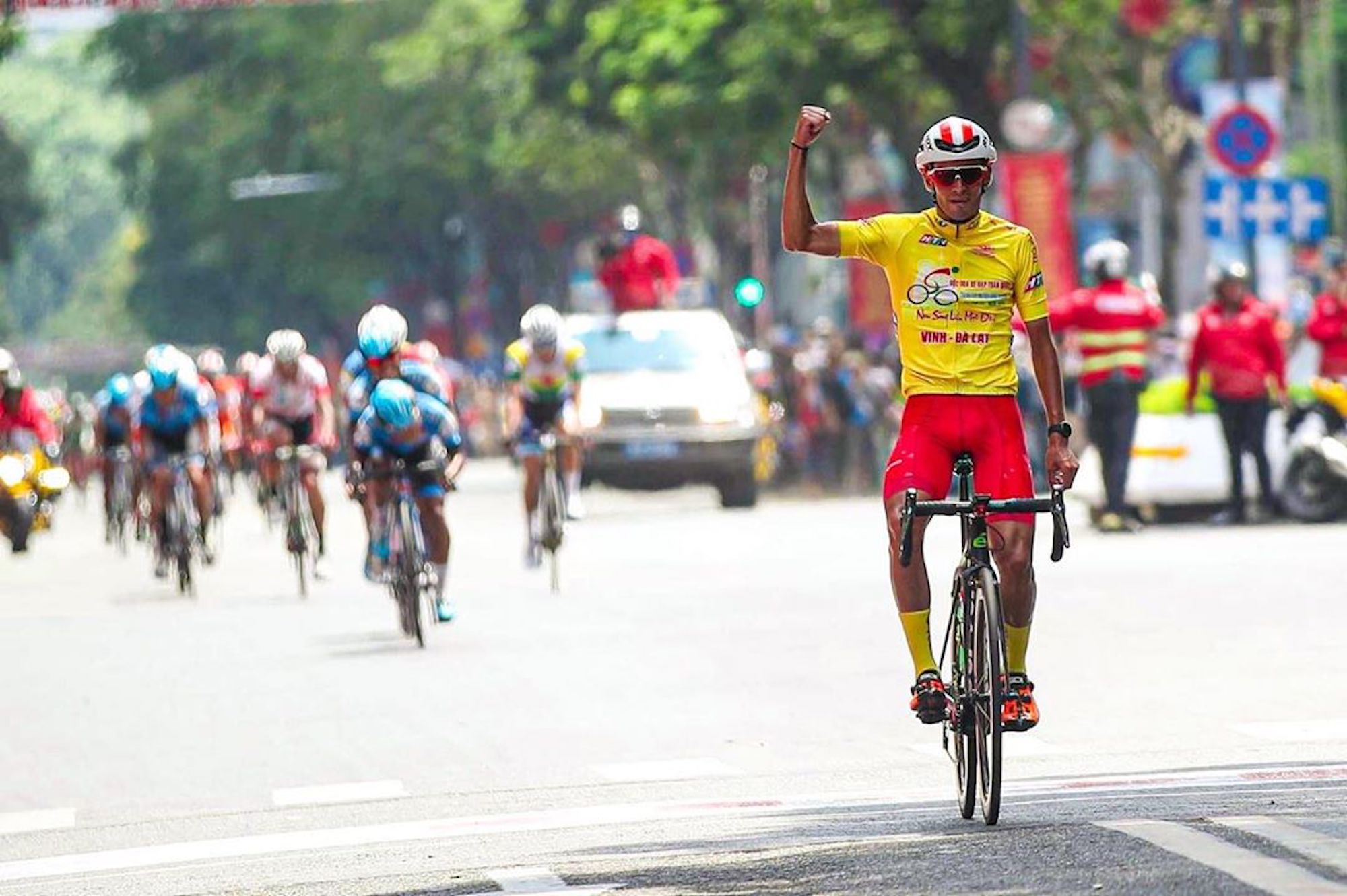
"Here [in Vietnam] we spend a lot of the time with the team," he explains. "We usually train together every day, which helps us work together and makes it easier to defend a jersey in a race. I think in Europe riders look out for themselves more than working for the team compared with here."
Otherwise, the racing is pretty recognisable, with breakaways going away and being caught, as well as hectic bunch sprints, albeit riders also have to battle against searing temperatures and high humidity.
Another obvious difference is the food. "Vietnamese cuisine is very different than European," says Pérez. "Although we can get all types of food in the big cities, sometimes if we have a finish line in a small town it's more complicated."
None of this stopped Pérez winning the 2019 edition, who says the time trial proved crucial to his victory. But the 2018 race, which had more than double the number of stages than when he won, was his craziest experience racing in the country so far. "I'd never done such a long race like that and I didn’t know it was possible either," he says.
For the 2020 edition, only a few precautions will be taken in light of the coronavirus. People who live outside the country aren't permitted to take part, meaning riders will only have to wear face-masks in between racing and wash their hands as much as possible. Meanwhile, the slight delay will make it hotter than usual, often reaching a sweltering 35C.
"The Vietnamese Government did a great job and the virus is under control," says Pérez. "I was training hard during the months off, thinking only about this HTV Cup, so I hope my legs and my team can do a really good job and bring another yellow jersey to Ho Chi Minh City."

Thank you for reading 20 articles this month* Join now for unlimited access
Enjoy your first month for just £1 / $1 / €1
*Read 5 free articles per month without a subscription

Join now for unlimited access
Try first month for just £1 / $1 / €1
Jonny was Cycling Weekly's Weekend Editor until 2022.
I like writing offbeat features and eating too much bread when working out on the road at bike races.
Before joining Cycling Weekly I worked at The Tab and I've also written for Vice, Time Out, and worked freelance for The Telegraph (I know, but I needed the money at the time so let me live).
I also worked for ITV Cycling between 2011-2018 on their Tour de France and Vuelta a España coverage. Sometimes I'd be helping the producers make the programme and other times I'd be getting the lunches. Just in case you were wondering - Phil Liggett and Paul Sherwen had the same ham sandwich every day, it was great.
-
 Mike's Bikes 'mega sale' is live and site wide with discounts over 50%
Mike's Bikes 'mega sale' is live and site wide with discounts over 50%Running until Sunday all products are discounted including complete bikes, clothing, smart trainers and much more
By Luke Friend
-
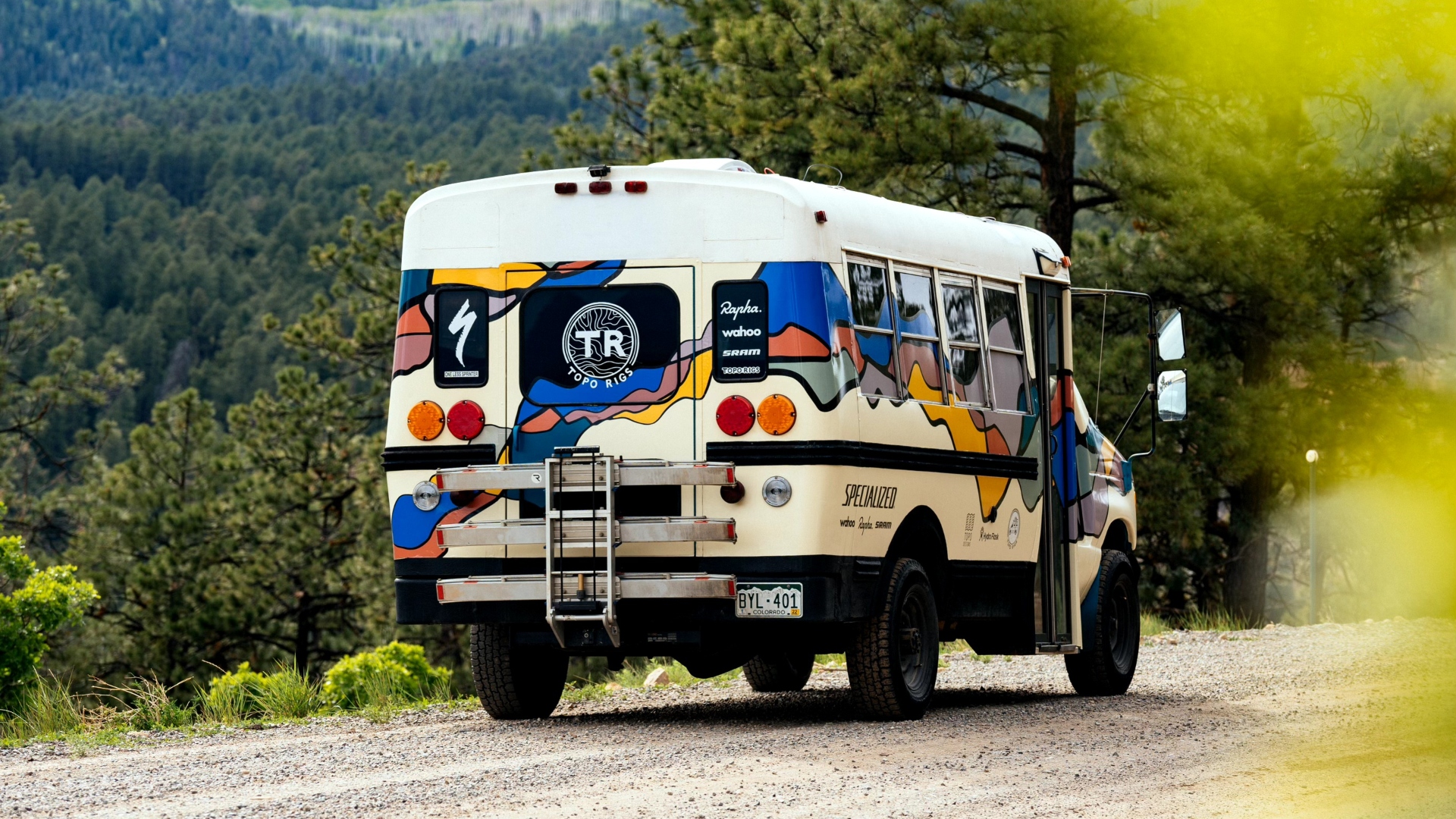 Can you be a pro athlete and an environmentalist? Earth Day reflections from a pro cyclist trying to be both
Can you be a pro athlete and an environmentalist? Earth Day reflections from a pro cyclist trying to be bothHow Sarah Sturm reconciles her life as a pro cyclist with her environmental values
By Sarah Sturm